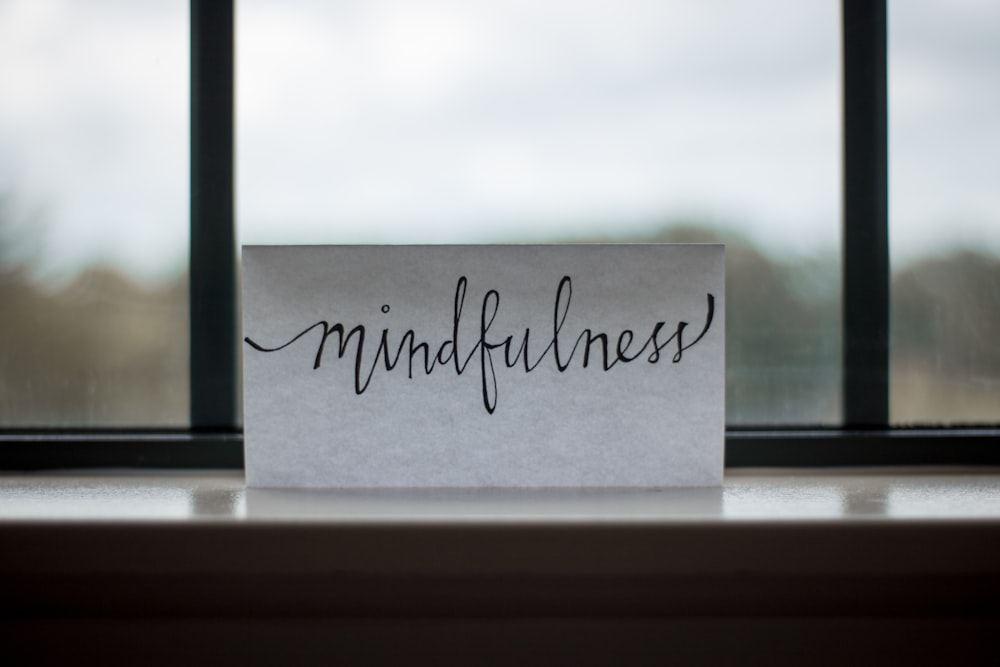A little over 20 years ago, I found myself getting involved in mindfulness practice at exactly the same time I dove into philosophy studies at UM in Missoula, MT, specifically into ethics. Growing up as a Catholic, then atheist, then Buddhist, I struggled a lot with questions of morality. When I was 19, I read Dostoevsky’s Crime and Punishment and found myself entranced by the moral questions raised in the novel.
Over the years, I practiced and occasionally taught meditation practices to friends and others who asked. All the while I furthered my pursuits of an education in Buddhist ethics. So, when ethical concerns began to be raised about contemporary mindfulness, I was intrigued.
The argument being made was that mindfulness, as it was being taught and practiced in the West, was unethical unless it was taught in the full Buddhist context from which it came. Variations on this argument were numerous. Some commentators seemed to be quasi-Marxists who couldn’t stand the idea of capitalists using the technique to simply advance capitalism. Others were defenders of Buddhist tradition who disliked the use of one aspect without reverence for the rest. And many were a combination of these.
Against Mindfulness
As noted, there are some very valid concerns about what we call Mindfulness in the US. But these concerns will depend a lot on how we are approaching it and how much we know about it.
A couple clear ways we can abuse mindfulness are as follows. First, we might have entirely terrible motivations and want to wedge in mindfulness to help us carry them out. A number of years ago, a mass-killer in Norway was shown to be an avid mindfulness practitioner. It was a very sad reminder that mindfulness practice alone won’t make any of us better people.
I still believe that mindfulness has a deep potential to make us better, but along the way it can be largely neutral or even negative. That negative effect on us can happen when mindfulness practice unearths painful memories and feelings. For many, this can lead to thoughts of self-harm, which is why I think it is so important to practice with trusted friends, in a group, or under the supervision of a therapist or counselor.
And for a very limited number of people, negative feelings and thoughts that come up can trigger thoughts about harming others. In the right context (i.e. with supportive people to help work through those thoughts) this can be very therapeutic. But without them, these thoughts can spiral into something truly terrible.
A second abuse of mindfulness is more subtle. This comes when we ignore the long cultural roots of the practice. This is sometimes described as “erasure” of Asian people or “misappropriation.” Here, people sometimes take ownership of the practice, as if they invented or discovered it, without paying proper respect to those who actually did. While I don’t think we all need to have Ph.D.s in Buddhist studies to fully appreciate the long history of mindfulness practice, some openness to its history and humility about our place in the long line of practitioners is due.
In Favor of a Little Mindfulness
In a recent article in Slate, teacher and writer Alex Tzelnic argues that even a little bit of mindfulness is beneficial. He cites studies that have looked at people who have been taught to meditate just five minutes a day. They show increased well-being and sociability.
Other research has shown that mindfulness is also associated with the ability to savor the present moment, to feel and express gratitude, and experience satisfaction with life. Like many practices or skills, it gets better with time and effort. A lot of mindfulness is better than just a little. But even just a little is good.
In Tzelnic’s article, he invites readers to simply take a deep breath or two. How does that feel? A bit better, right?
He suggests that even just the word Mindfulness on a T-shirt can help remind us to pause and take a deep breath. This practice, as I’ve stated before, calms the body and can allow for clearer thinking and recall of past events. It can allow us to more deliberately empathize with loved-ones, and it can give us space to pause when we’re stressed or angry so that we may move forward in the best possible way.
Many paths to Mindfulness
The argument Tzelnic makes is that there are many ways we can practice and promote mindfulness. Sure, many of them are going to be caught up in toxic cultures or systems. Historical Buddhism is no exception to that. Some of us came to practice, appreciate, and eventually study and teach Buddhism and mindfulness through rather new-agey books and ideas.
It was precisely because these had some benefit in our lives that we continued on and eventually got over some of the problematic aspects of mindfulness discussed above.
However we begin to take up mindfulness, whether it is in a university classroom, in a Buddhist monastery in China, a book, or an app on our phone, it’s important that we know the limitations and potential. It’s like having a map for your journey. It is still your journey to undertake, but you’ll have a good idea of where the pit-falls and problems might occur along the way. And with friends and good guides, the journey is yours to take, as are future maps you might make for others.
 Justin Whitaker, Ph.D., holds a doctorate in Buddhist ethics from the University of London. He has given lectures, and taught Buddhist studies and Philosophy at Oxford University, the University of Hong Kong, the University of Montana, and at Antioch University’s intensive study-abroad program in India. A certified meditation teacher, he is a regular contributor to Patheos.com, and Senior Correspondent for Buddhistdoor Global. Justin is the official blog writer for Sunflower Counseling in Missoula, Butte, Kalispell, Billings, and surrounding areas. He lives in Missoula with his family.
Justin Whitaker, Ph.D., holds a doctorate in Buddhist ethics from the University of London. He has given lectures, and taught Buddhist studies and Philosophy at Oxford University, the University of Hong Kong, the University of Montana, and at Antioch University’s intensive study-abroad program in India. A certified meditation teacher, he is a regular contributor to Patheos.com, and Senior Correspondent for Buddhistdoor Global. Justin is the official blog writer for Sunflower Counseling in Missoula, Butte, Kalispell, Billings, and surrounding areas. He lives in Missoula with his family.



